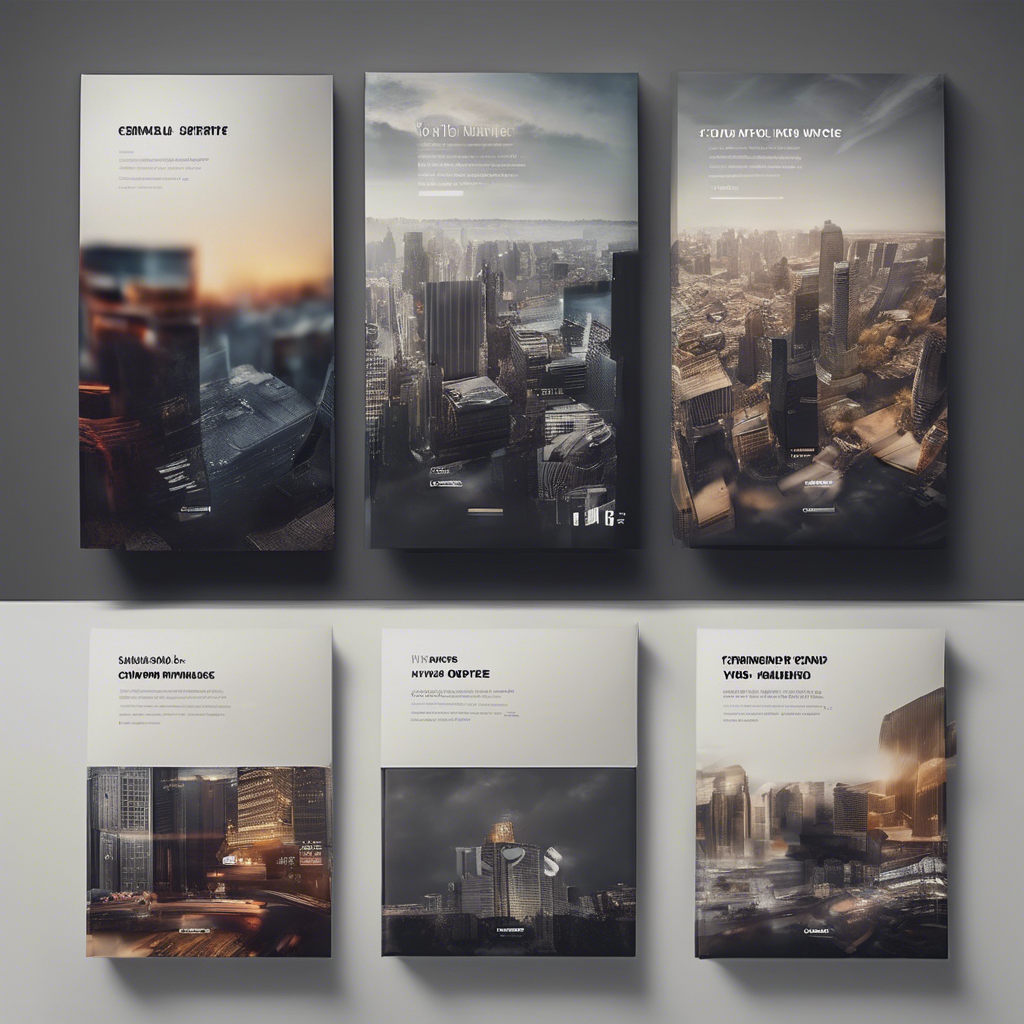Advanced Typography Techniques: Elevate Your Designs to the Next Level
- narinderpanwar
- Jul 13, 2024
- 3 min read
Typography isn't just about selecting fonts; it's an art form that can truly elevate your designs. As a graphic designer, mastering advanced typography techniques can set you apart in a competitive market. Whether you're a freelance book typesetter, cover designer, or involved in book formatting, diving deep into the world of typography can unleash your creativity and enhance the visual impact of your work. In this guide, we will explore some advanced typography techniques that will take your designs to the next level.
Understanding Typesetting: The Foundation of Typography
Typesetting is the art of arranging type on a page, and it forms the cornerstone of any design project involving text. To create visually appealing and easily readable text, it's crucial to pay attention to factors such as font choice, line spacing, kerning, and leading. When typesetting, always consider the overall design aesthetic and the intended message of the text.

The Power of Hierarchy and Contrast in Typography
Creating a hierarchy through typography can guide readers through the content and emphasize key information. Experiment with different font sizes, weights, and styles to establish a clear visual hierarchy. Contrast in typography, such as pairing a bold font with a lighter one, can create visual interest and make important text stand out. Mastering hierarchy and contrast will add depth and sophistication to your designs.
Playing with Alignment and Grid Systems
Alignment plays a critical role in the readability and overall look of a design. Experiment with different alignment options like left, right, center, and justified to see which best complements your design. Grid systems provide a framework for organizing content on a page systematically. By utilizing grid systems, you can achieve balance and harmony in your typography layout.
Understanding Color Theory in Typography
Color has a significant impact on the overall tone and mood of a design. When incorporating color into typography, consider the emotional associations different colors evoke. Play with color contrasts to make text pop against the background and ensure readability. Harmonizing typography colors with the overall color scheme of the design will create a cohesive and visually appealing composition.
Embracing Decorative Elements and Special Characters
Incorporating decorative elements, such as flourishes, ornaments, or drop caps, can add a touch of elegance and sophistication to your typography. Experiment with special characters and ligatures to create a unique and customized look for your designs. These small details can make a big difference in the overall aesthetics of your typographic compositions.
Harnessing the Power of White Space
White space, or negative space, is a powerful tool in typography that can enhance readability and visual appeal. Don't be afraid of empty spaces around your text; they can highlight important information and create a sense of balance in your designs. Embrace white space as a design element to give your typography room to breathe and shine.
Conclusion
Mastering advanced typography techniques is a journey that requires practice, experimentation, and a keen eye for detail. By understanding the nuances of typesetting, hierarchy, alignment, color theory, decorative elements, and white space, you can transform your designs into works of art that captivate and engage viewers. Whether you're a freelance book typesetter, cover designer, or involved in book formatting, honing your typography skills will set you apart and elevate the quality of your work to new heights.
So, embrace the art of typography, unleash your creativity, and watch your designs flourish with these advanced techniques!
Incorporate these advanced typography techniques into your designs to create stunning visuals that captivate your audience and elevate your work to new heights. Whether you're a freelance book typesetter, cover designer, or involved in book formatting, mastering typography will set you apart in the competitive world of graphic design.




Comments